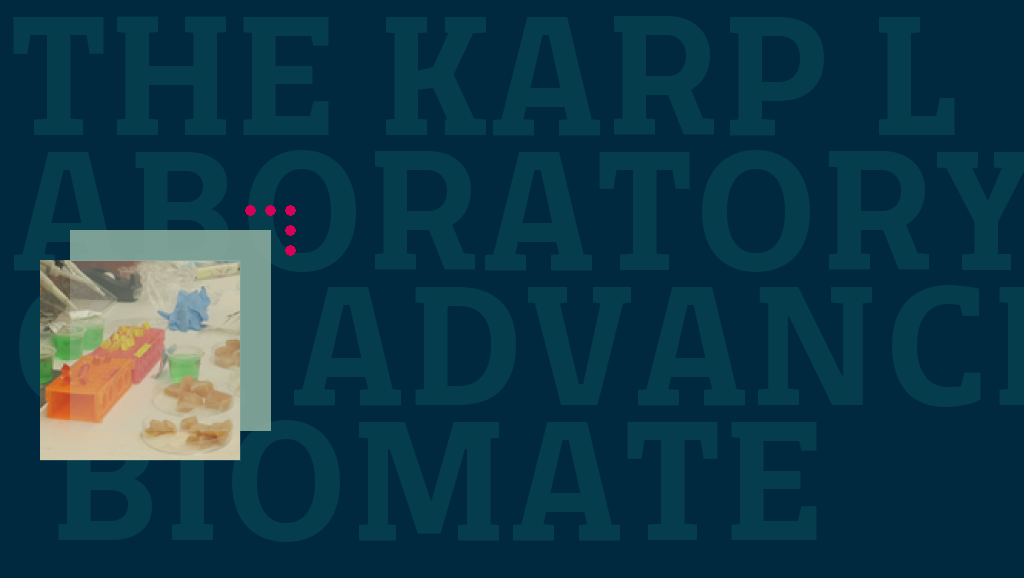On Wednesday 3rd of April I took a tour of Karp Laboratory for Advanced Biomaterials and Stem Cell Based Therapeutics in Cambridge Massachusetts with my 7 year old son. The tour was organized by Christina Nicolson as part of her work to promote science to children. The tour was aimed at children from 8 years old and upwards, included a short lecture and hands on experience in the lab itself.
Christina Nicholson is ever present at the many science events here in Cambridge, and her goal seems to be more than just getting children interested in science. A quote taken from one of her emails hints at an underlying theme, similar to the Bassetti Foundation’s mission of responsibility in innovation responsibility in many ways: “With knowing comes caring, and with caring there is hope that we will find a place for ourselves within the natural systems that sustain us” (Sylvia Earle, eminent conservationist of our oceans)
From 12th April Cambridge hosts its Science Festival, and Nicolson is once more one of the protagonists, making robots and science toys amongst other things. The festival offers 10 days of hands on science for children and adults of all ages, with many of the world’s leading laboratories opening their doors to the general public. Full details are available on the website.
Returning to the Karp lab experience a group of children and their chaperons met in the laboratory lecture theatre. We were given an introduction by Dr Jeffrey Karp in which he explained how much of the lab’s research is related to mimicking the natural world. He explained that evolution offered incredible examples of innovation that could be used for scientific research today, going into some detail about their medical adhesive and stem cell research.
Post Doctorate researchers then introduced their work on drug supply and needle research before we were guided through a question and answer session and then donned our lab coats to prepare to enter the laboratory.
As the laboratory website explains in more depth, researchers are currently working on medical adhesives, taking inspiration from Gecko climbing techniques, medical needle technology based upon the properties of North American Porcupine quills, and drug delivery in jelly form. The demonstrations that followed were related to these lines of research.
We were treated to a demonstration of the ease with which porcupine needles enter the skin, and the pain they cause when you try to remove them, how a jelly for transporting drugs is made, and how needle design determines the amount of force (and therefore pain) necessary for insertion. The porcupine quill enters easily and is difficult to remove because it is covered in tiny barbs, and researchers are interested in how to gain the advantage of easy entry without the problem of painful extraction.
The children participated in experiments and looked through microscopes in a working laboratory, wearing lab coats and protective glasses and surrounded by scientific paraphernalia of all description.
The tour lasted approximately 2 hours, the researchers were very helpful and the children all seemed to enjoy the event. The aim of introducing children to real scientific techniques and the study of the influence of natural phenomena as a research tool was certainly achieved.
Photos of the day are available here and on the Foundation Flickr account.
————-
(photo: Porcupine Quill Demonstration)
















